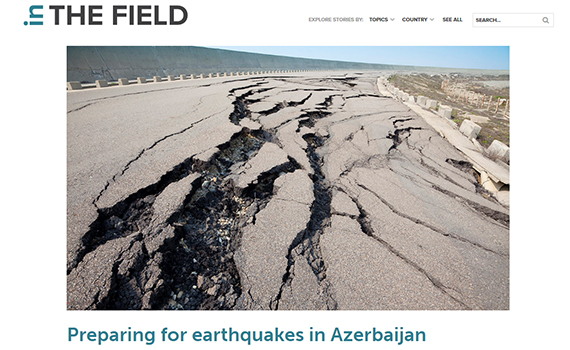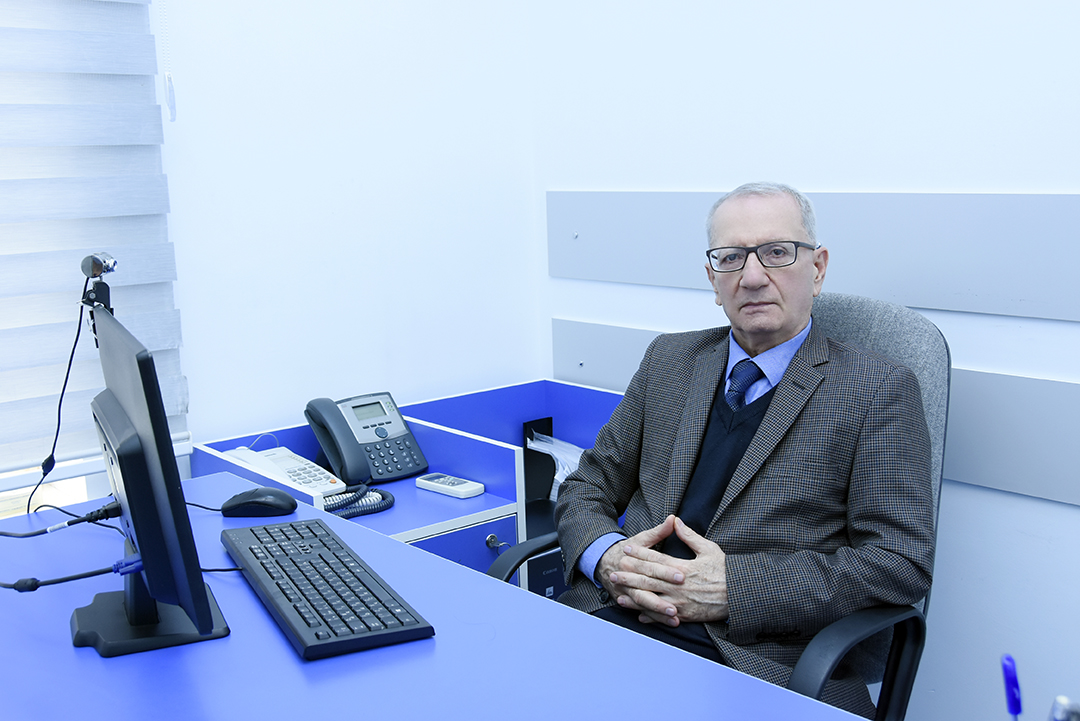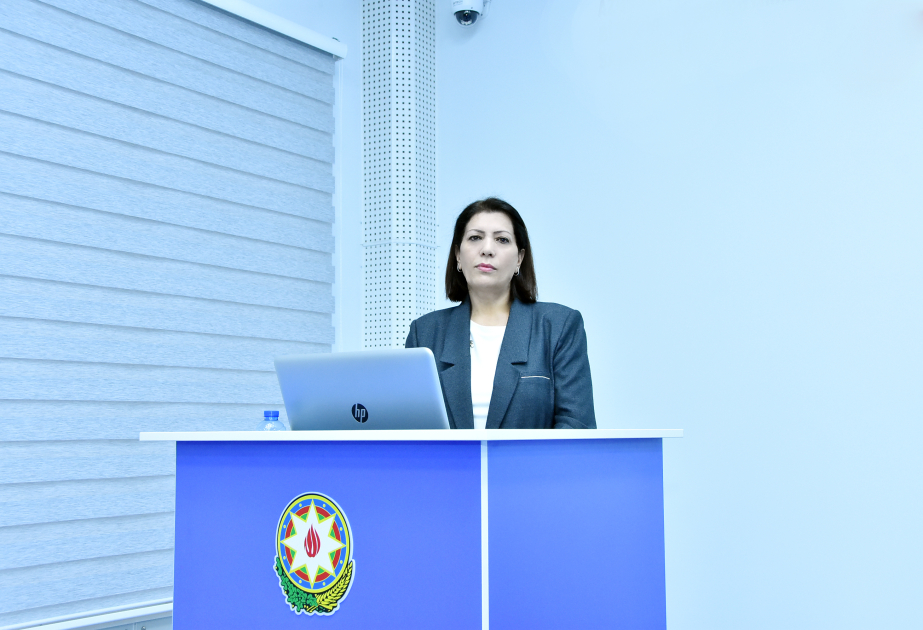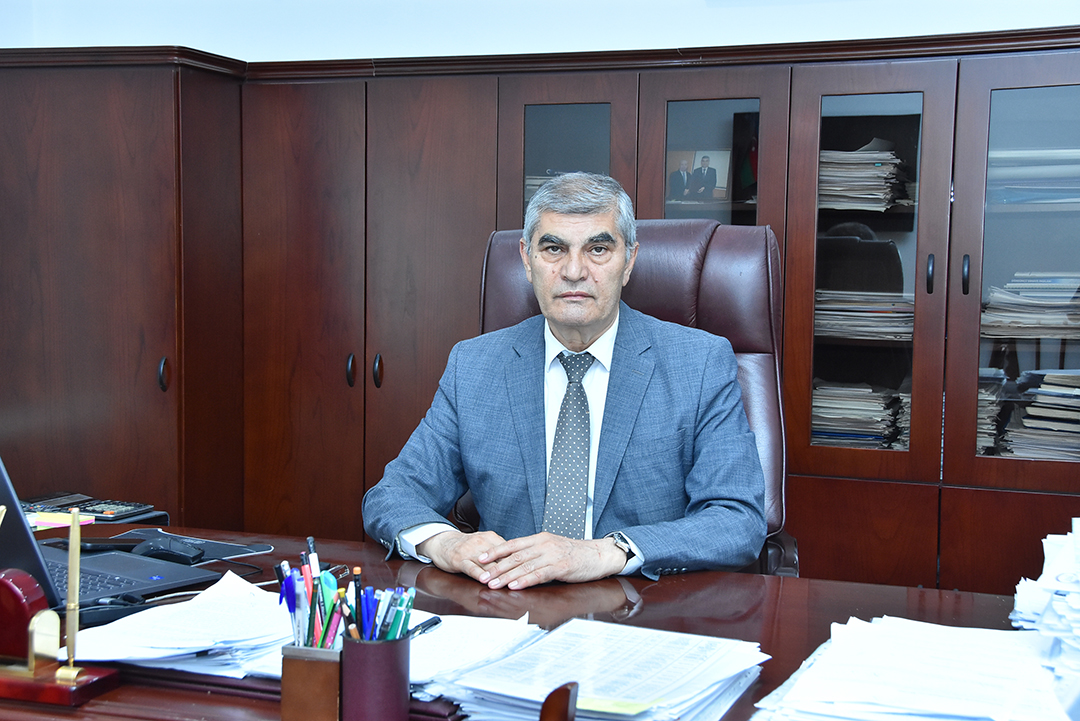NEWS
Story on measures taken in seismology in Azerbaijan published

Today, R&E networking continues to impact. From helping researchers solve some of society’s greatest challenges, in fields like disaster management, agriculture, healthcare, environment, climatology and more, to bridging the digital divide and unlocking opportunities for online education and training.
“In the field” regularly publishes stories on achievements in various fields as a result of the services provided by national and regional research and education networks.
The website recently published an article on seismology research and work done by the Republican Seismic Survey Center of ANAS, thanks to AzScienceNet network services.
From ancient times to the present, strong and catastrophic quakes have caused tremendous destruction in the territory of Azerbaijan. Many earthquakes occur every year, though the majority are not felt. Azerbaijan includes several seismically active regions – for example, the Caspian Sea, the Southern Talysh Mountains, Ganja-Dashkasan and the Shamakhi-Ismayilli and Shaki-Zagatala regions. But it’s not only the country’s geology that makes it vulnerable: a dense population and dense oil infrastructure mean that earthquakes have the potential to bring high economic and human costs.
“High-speed Internet is essential in order to process information about earthquakes in Azerbaijan and neighbouring countries,” Ruqiyya Karimova said . She and her team are actively involved in earthquake research as a system administrator at Azerbaijan’s Earthquake Research Bureau of the Republican Seismic Survey Center (RSSC), which relies on the national research and education network AzScienceNet to provide connectivity and services through the EU-funded EaPConnect project. “AzScienceNet’s collaboration with RSSC and GÉANT through EapConnect has improved our work a lot.”
“Located in a seismically active zone, Azerbaijan places a special emphasis on the development of seismic experience and the installation of seismic stations. 35 seismic stations are established in Azerbaijan with the leading station in the academic town of Baku. All stations are connected to the satellite system. These stations allow us to receive information regularly from vibration sensors that are installed in seismically active sites in Azerbaijan. After processing data, these stations allow us to detect each earthquake’s time, location and strength. Following the earthquake in Baku in 2000, we got the most up-to-date equipment, including mobile seismic stations, geo-physics stations and GPS stations,” noted Ruqiyya Karimova.
Information about earthquakes in Azerbaijan and from around the world is continuously processed at the Earthquake Research Bureau. All data undergo various types of measurements at the RSSC, and then are used to predict areas of high seismic activity. For this reason, AzScienceNet provides the bureau with continuous high-speed Internet and computing resources. The RSSC also uses storage resources in a volume of 13 terabytes for archiving all data and logs.
The continuation of high-Internet speed and storage provided by AzScienceNet is of great importance for us and we hope to continue our cooperation in the following years, she noted.
The full text of story is available at www.inthefieldstories.net.
© All rights reserved. Citing to www.ict.az is necessary upon using new




